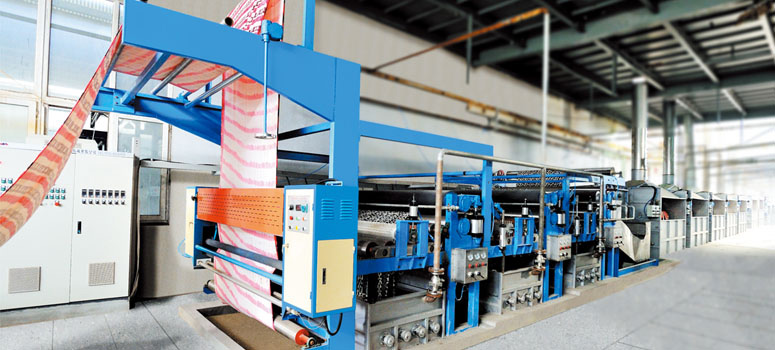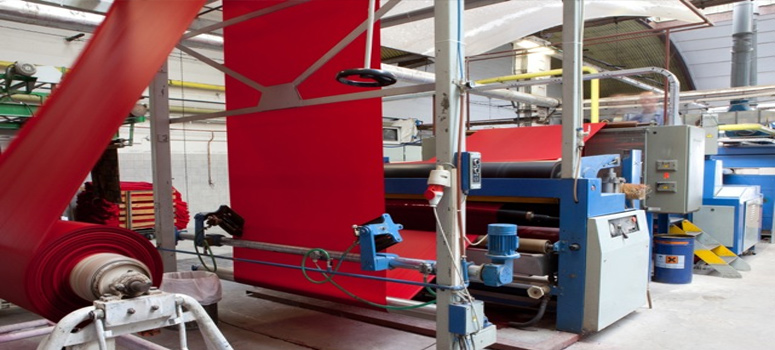
Dyeing is the process of imparting colors to a textile material through a dye (colour). Dyes are obtained from flowers, nuts, berries and other forms of vegetables and plants as well as from animal and mineral sources. These are known as natural dyes. The other class of dyes is known as synthetic dyes. These are based on a particular type of chemical composition. Some of these dyes are- Acid ( Anionic) dyes, Basic ( Cationic) dyes, Neutral- Premetalized dyes, sulfur dyes, vat dyes, reactive dyes, pigment dyes etc.
Dyeing Methods: Colour is applied to fabric by different methods of dyeing for different types of fiber and at different stages of the textile production process. These methods include Direct dyeing; Stock dyeing; Top dyeing; Yarn dyeing; Piece dyeing; Solution pigmenting or dope dyeing; Garment dyeing etc. Of these Direct dyeing and Yarn Dyeing methods are the most popular ones.
Direct Dyeing: When a dye is applied directly to the fabric without the aid of an affixing agent, it is called direct dyeing. In this method the dyestuff is either fermented (for natural dye) or chemically reduced ( for synthetic vat and sulfur dyes) before being applied. The direct dyes, which are largely used for dyeing cotton, are water soluble and can be applied directly to the fiber from an aqueous solution. Most other classes of synthetic dye, other than vat and sulfur dyes, are also applied in this way.

